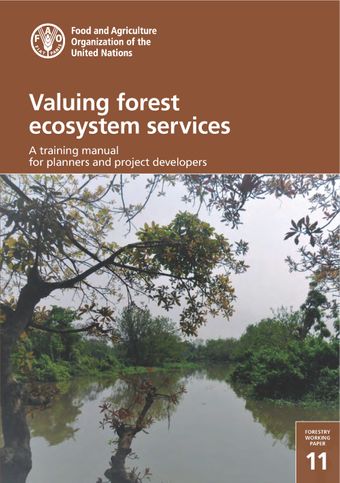Main ES classification systems: A summary

- Author: Food and Agriculture Organization of the United Nations
- Main Title: Valuing Forest Ecosystem Services , pp 168-171
- Publication Date: March 2019
- DOI: https://doi.org/10.18356/c07593e8-en
- Language: English
There are many ways to classify ESs. Classification depends on the purpose it serves and may often be contentious because ecosystems are dynamic, adaptive systems with non-linear feedbacks, thresholds, hysteresis effects, and other complex features. Multiple classifications may be necessary to take into account spatial relationships between the source of an ES and the beneficiaries and the degree to which users can be excluded or can compete for the ES (Haines-Young and Potschin, 2011a). ES classification is linked to a utilitarian, anthropocentric vision, and the properties of ecosystems that people regard as useful can change over time and space, even if the ecosystems themselves remain in a relatively constant state (Costanza, 2008; Pascual and Muradian, 2010).
-
From This Site
/content/books/9789210039598c014dcterms_title,dcterms_subject,pub_keyword-contentType:Journal -contentType:Contributor -contentType:Concept -contentType:Institution105



